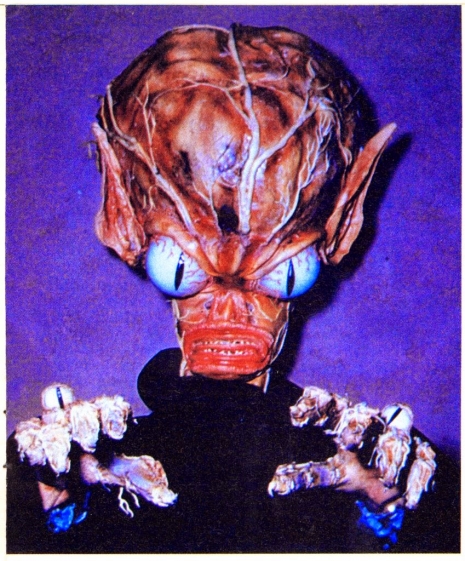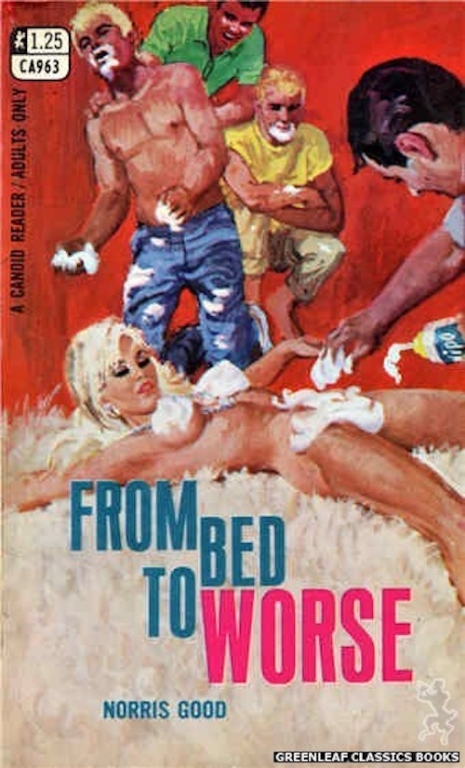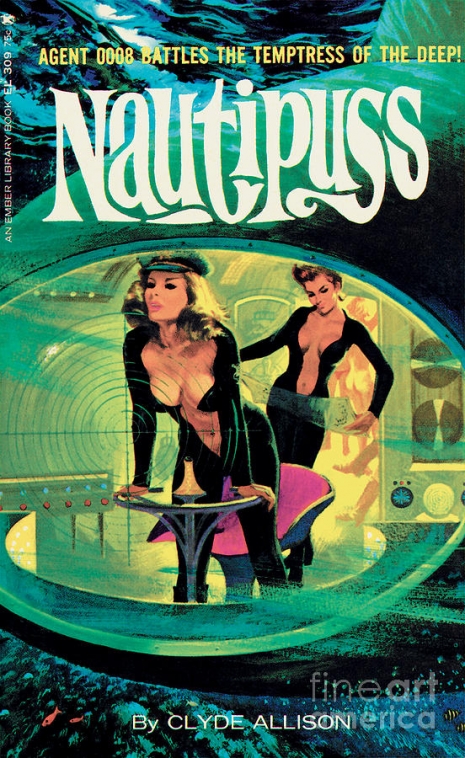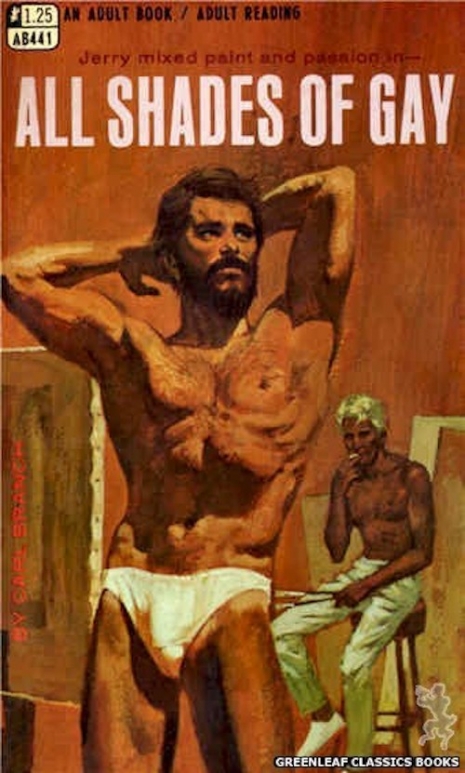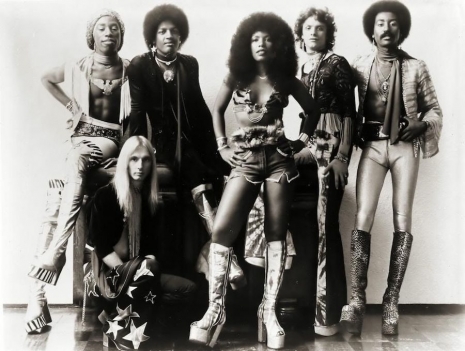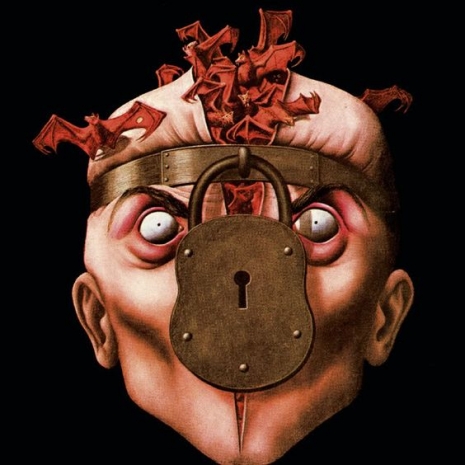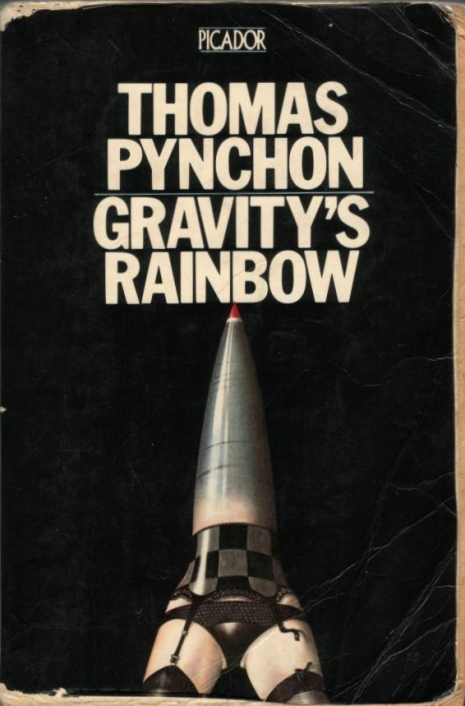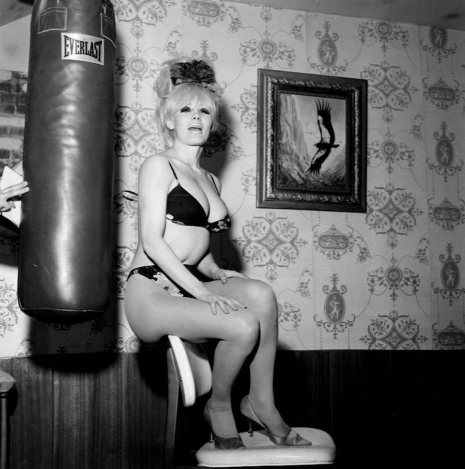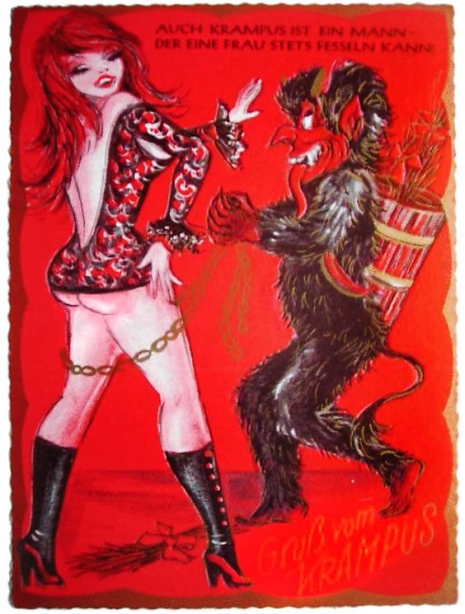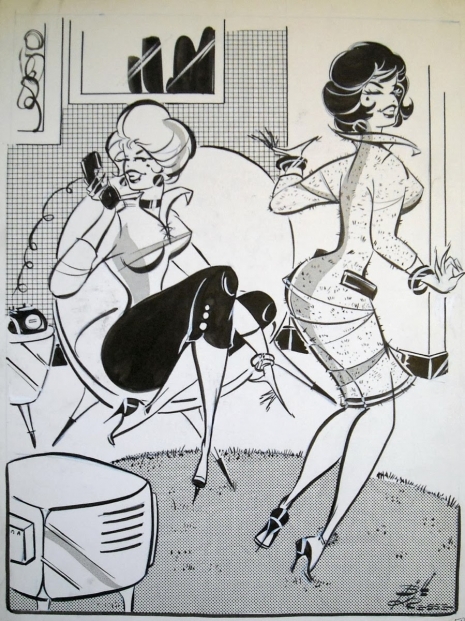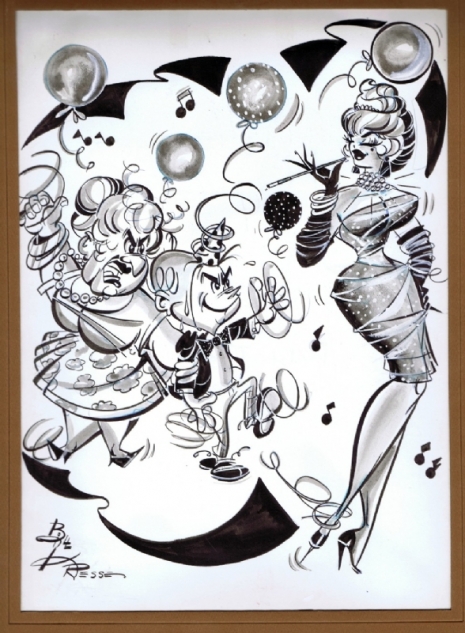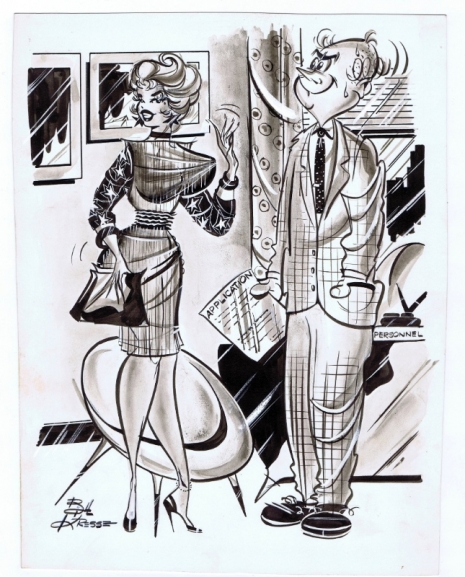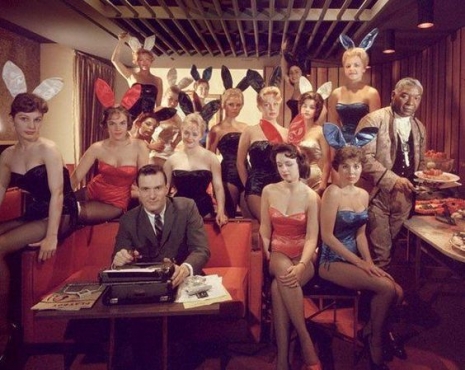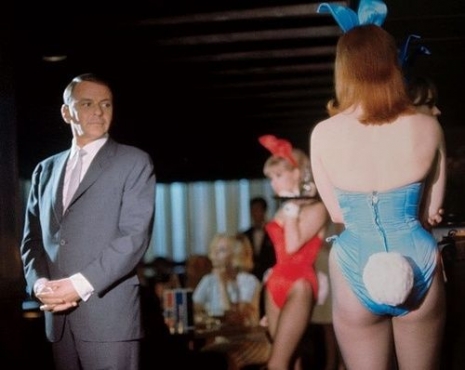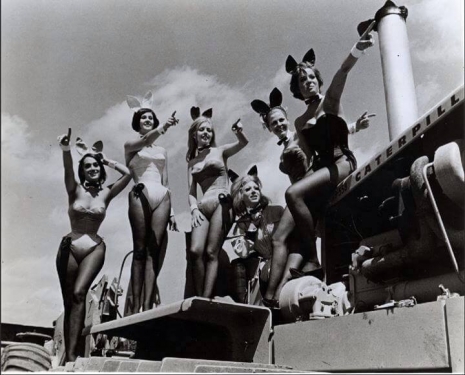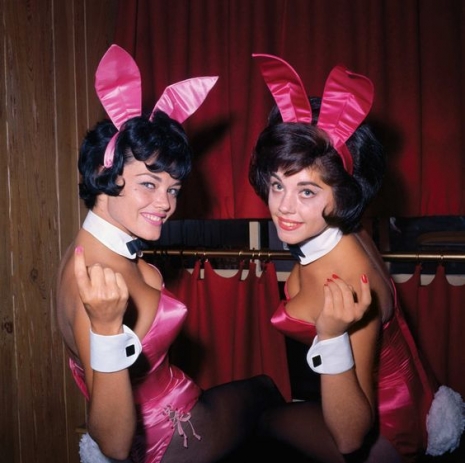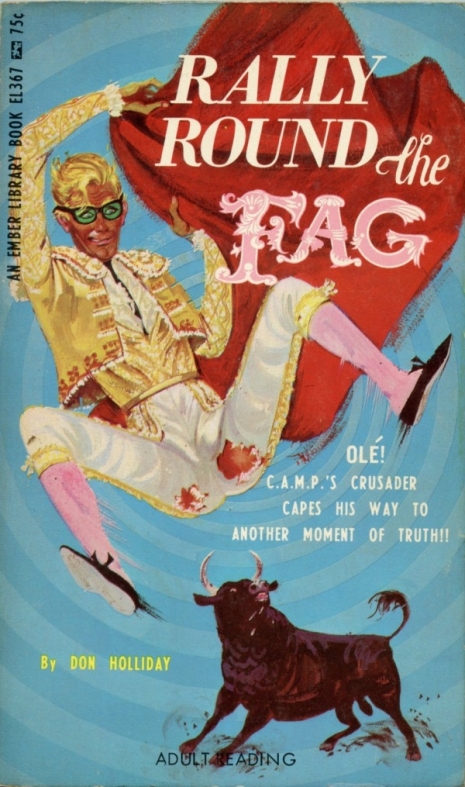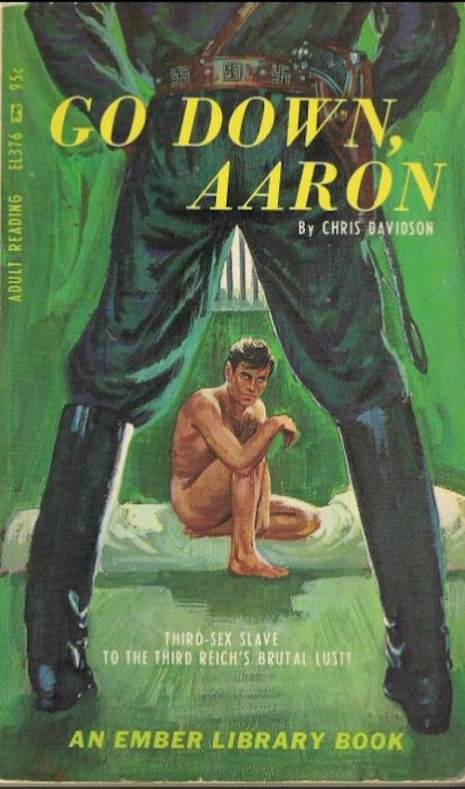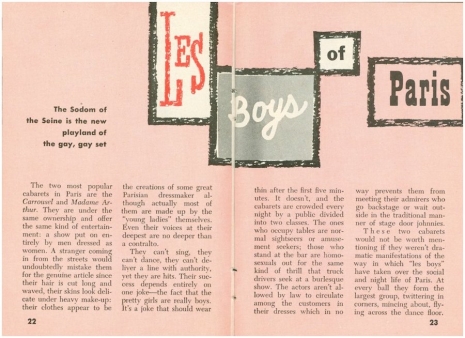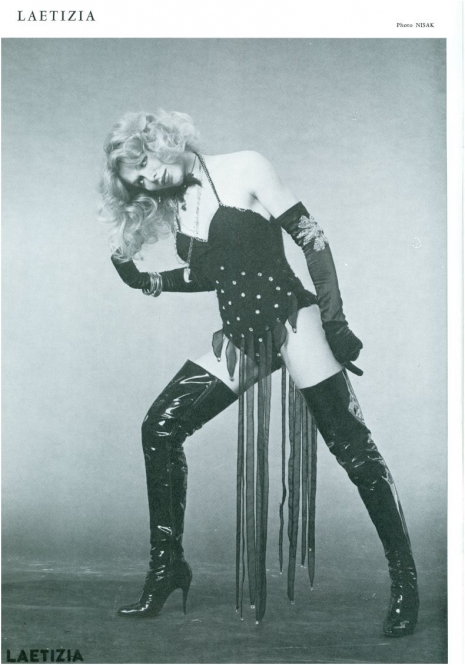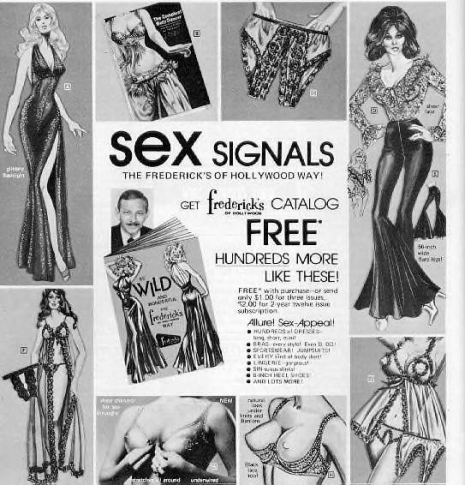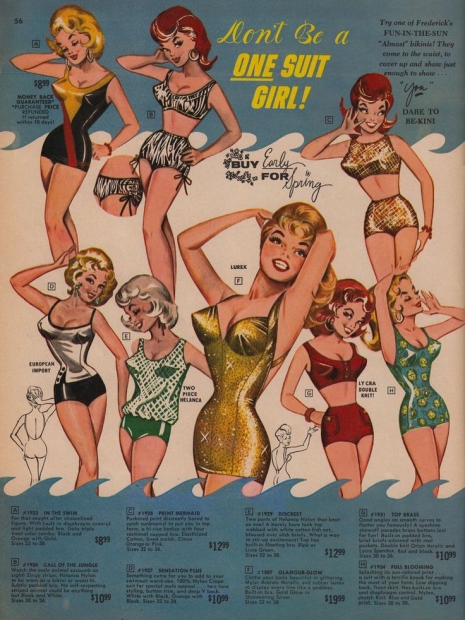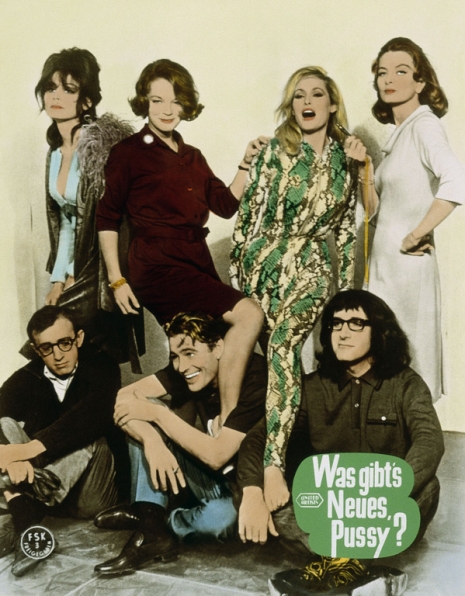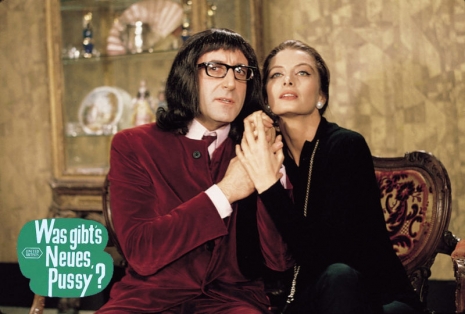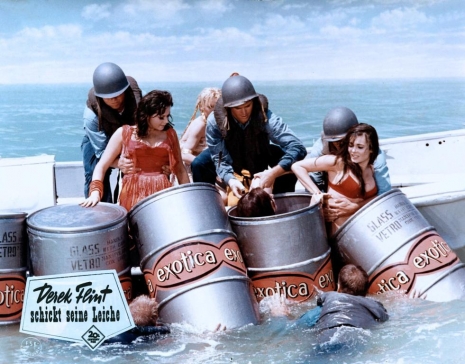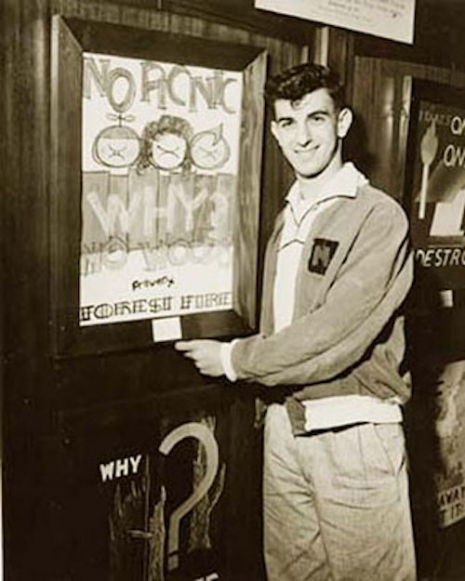
A very happy looking Frank Zappa, age fifteen, posing next to his winning illustration for the California Division of Forestry in 1955.
“The most important thing in art is the frame. For painting, literally, for other arts, figuratively—because, without this humble appliance, you can know where The Art stops and The Real World begins. You have to but a “box” around it because otherwise, what is that shit on the wall?”
—Frank Zappa quoted in The Real Frank Zappa Book (page 140).
Before he illustrated the winning entry for an annual poster contest held by the California Division of Forestry, the then fourteen-year-old Frank Zappa, a 9th grader at Grossmont High School in San Diego, had spent some good portion of his youth drawing. The story behind Zappa becoming interested in drawing is about as Frank Zappa as you might imagine. Here’s more from Frank on that:
“I had some basic interests in art, and since I was a kid, I was able to draw things. So I saw a piece of music, and I drew a piece of music. I had no idea what it would sound like or what was going on in it, but I knew what an eighth note looked like – I didn’t know it was an eighth note. I started drawing music and that was it.”
Zappa kept a sketch scrapbook as a teenager and also enjoyed entertaining his younger sister Candy by creating illustrations for her. Three years after winning the poster contest, Zappa would win another state-wide art contest for his abstract painting “Family Room,” this time sponsored by the California Federation of Women, and the Hallmark Greeting Card company. In the press clip announcing Zappa’s win (featured in the book Cosmic Debris: The Collected History and Improvisations of Frank Zappa), he was described as a “highly versatile” young person who had no plans to “confine” his artistic interests to painting. It was also noted that the young Zappa was writing a book. When asked if either art or literature were in the cards for his future, his answer was “music.” Zappa was now seventeen and already playing in a band called the Blackouts and was fully engaged in music lessons and musical composition. Before his graduation from high school, Frank was given the opportunity to conduct the Antelope Valley Junior College orchestra, who performed two of Zappa’s original compositions, “Sleeping In A Jar,” and “A Pound For A Brown On A Bus” (noted in the book, Frank Zappa FAQ: All That’s Left to Know About the Father of Invention).
Getting back to Zappa’s art, the majority of images in this post are of work Zappa created from the mid-‘50s to the mid-60s. If you’re a fan of Zappa, you’re likely aware he created early collage-style showbills for Mothers of Invention gigs. The very cool artwork of a young Frank Vincent Zappa follows.

A sketch from Zappa’s high school scrapbook.

An illustration by Zappa for his kid sister Candy, “A Day at the Beach.” This image was published in her 2011 book, ‘My Brother Was a Mother: Take 2.’
Much more of Frank Zappa’s youthful artwork, after the jump…








